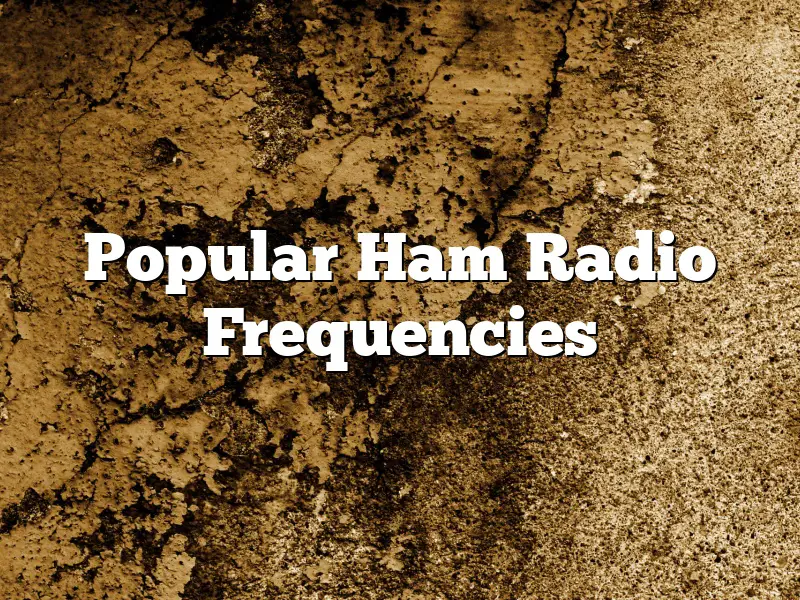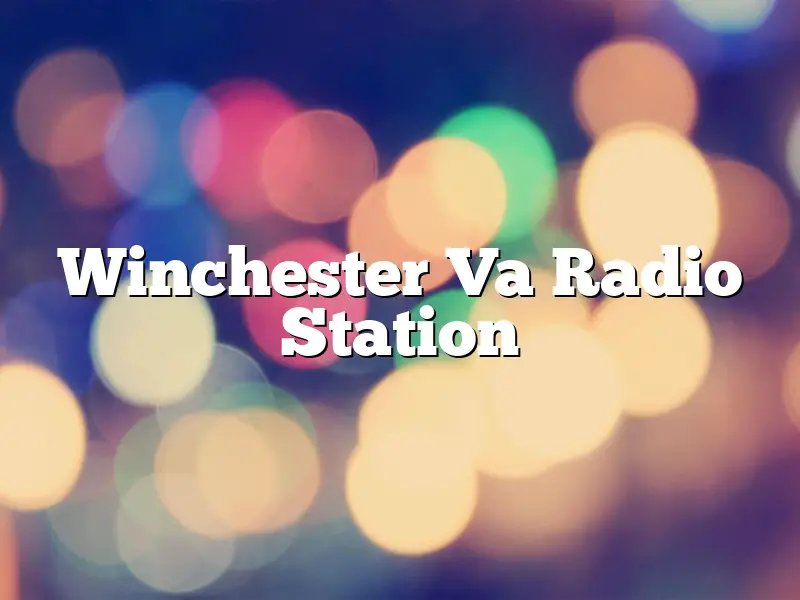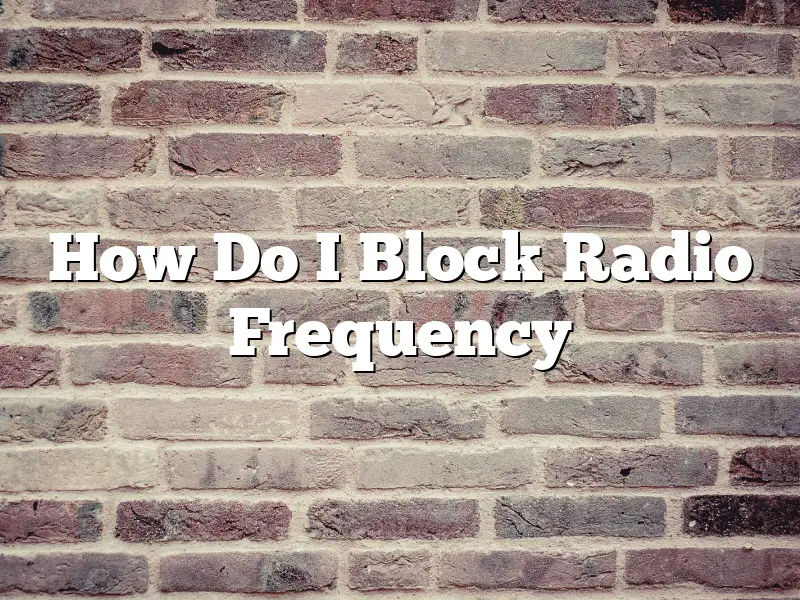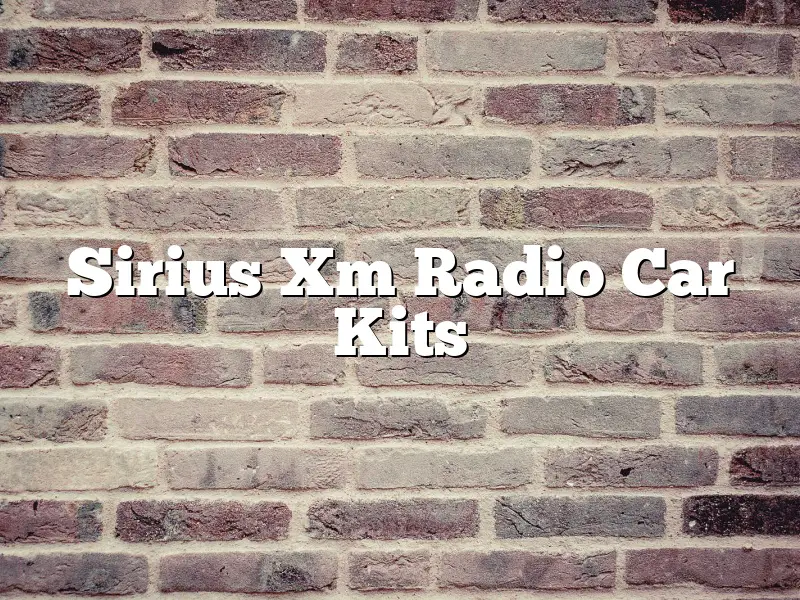Ham Radio Frequencies
Ham Radio frequencies are used to communicate with other HAM Radio operators all over the world. There are many different frequencies that can be used for Ham Radio, but some of the most popular frequencies are in the bands listed below.
The most popular Ham Radio frequency band is the 2 meter band. This band is used for short-distance communications, and is popular with Amateur Radio enthusiasts all over the world. The 2 meter band spans frequencies from 144.000 MHz to 148.000 MHz.
Another popular Ham Radio frequency band is the 70 centimeter band. This band is used for long-distance communications, and is popular with Amateur Radio enthusiasts who want to talk to people in other parts of the world. The 70 centimeter band spans frequencies from 430.000 MHz to 450.000 MHz.
Finally, the most popular Ham Radio frequency band for digital communications is the 20 meter band. This band is used for communicating with other HAM Radio operators via text messages, images, and voice recordings. The 20 meter band spans frequencies from 14.000 MHz to 14.350 MHz.
Contents
How do I find ham radio frequencies in my area?
Ham radio enthusiasts enjoy communicating with others all over the world, and they do this by using ham radio frequencies. Ham radio frequencies can be found in many different places, but the best way to find them is to use an online frequency database.
There are many different frequency databases available online, but the best one to use is the Amateur Radio Database. This database is maintained by the American Radio Relay League (ARRL), and it contains information on all the ham radio frequencies in use in the United States.
To use the Amateur Radio Database, simply go to the website and enter your zip code or city and state. The database will then display a list of all the ham radio frequencies in use in your area.
The Amateur Radio Database also includes information on how to use the different ham radio frequencies. So, if you are not familiar with the different frequencies, the database will help you to understand how they work.
So, if you are a ham radio enthusiast and are looking for new frequencies to use, the Amateur Radio Database is the place to go.
What are the most popular radio frequencies?
Radio frequencies are used to carry electromagnetic signals through the air. Different frequencies can be used for different purposes, such as broadcasting radio and TV signals, or for communicating with satellites.
The most popular radio frequencies vary depending on the region of the world. In the United States, for example, the frequency range for FM radio is from 88 to 108 MHz, while the range for AM radio is from 530 to 1710 kHz.
In Europe, the most popular frequency for FM radio is from 87.5 to 108 MHz, while the range for AM radio is from 520 to 1710 kHz. In Australia, the frequency range for FM radio is from 87.6 to 108 MHz, while the range for AM radio is from 535 to 1605 kHz.
The popularity of different frequencies can be due to a number of factors, such as the availability of stations that broadcast on those frequencies, the range of the frequency, and the quality of the signal.
The most popular radio frequencies vary depending on the region of the world, so it’s important to check with your local authorities to find out which frequencies are used in your area.
What frequencies can I use without a ham license?
There are many frequencies that can be used without a ham license. The most common frequencies are in the VHF and UHF ranges. These frequencies are typically used for voice communications, but they can also be used for data transmissions.
There are also some frequencies in the HF range that can be used without a ham license. These frequencies are typically used for voice and data transmissions, but they can also be used for short-wave radio.
The frequencies that can be used without a ham license vary depending on the country. In the United States, the most common frequencies are in the VHF and UHF ranges. In other countries, the most common frequencies are in the HF range.
What is the most popular ham band?
There are a variety of ham bands, each with its own advantages and disadvantages. The most popular ham band, however, is undoubtedly the 20 meter band. This band is popular because it offers a lot of flexibility, with a wide range of frequencies that are perfect for a variety of applications.
The 20 meter band is also popular because it offers good propagation characteristics. This means that it is possible to communicate over long distances using this band. In addition, the 20 meter band is a good choice for ragchewing and for DXing.
There are a number of factors that make the 20 meter band such a popular choice for ham operators. It is a relatively wide band, which means that there is plenty of room for a variety of activities. It also has good propagation characteristics, which makes it possible to communicate over long distances. In addition, the 20 meter band is a good choice for ragchewing and for DXing.
What frequency can a technician use?
What frequency can a technician use?
Technicians use specific frequencies to communicate with each other. These frequencies are known as “channels.” The technician can use any channel he or she chooses, as long as it is not already in use.
There are a limited number of channels available, so the technician must choose one that is not already in use. If the channel is already in use, the technician may not be able to communicate with the other technician.
The technician can use a variety of frequencies, but it is important to choose the right one for the situation. The frequency should be able to reach the other technician without causing interference.
It is also important to use the correct tone of voice when communicating with the other technician. The tone of voice can be used to convey information such as the urgency of the situation.
What is the most listened radio station?
What is the most listened radio station?
This is a question that has been asked by many people, and it is a difficult question to answer. This is because the answer to this question depends on a number of factors, including the age of the person asking the question, where they live, and what type of music they like.
However, according to a study by Edison Research, the most listened to radio station in the United States is NPR. This is a non-profit news network that is headquartered in Washington D.C. NPR has been around since 1970, and it has a number of different radio stations that broadcast its programming.
NPR is not the only popular radio station, however. There are a number of other popular stations, including KROQ in Los Angeles, WXPN in Philadelphia, and WFUV in New York City. These stations all have a loyal following, and they continue to attract new listeners each year.
What radio frequency is smooth?
Radio frequency is smooth when it is at a consistent volume with no sudden changes in sound. When a radio frequency is not smooth, it can be difficult to listen to and can be jarring to the ears.





